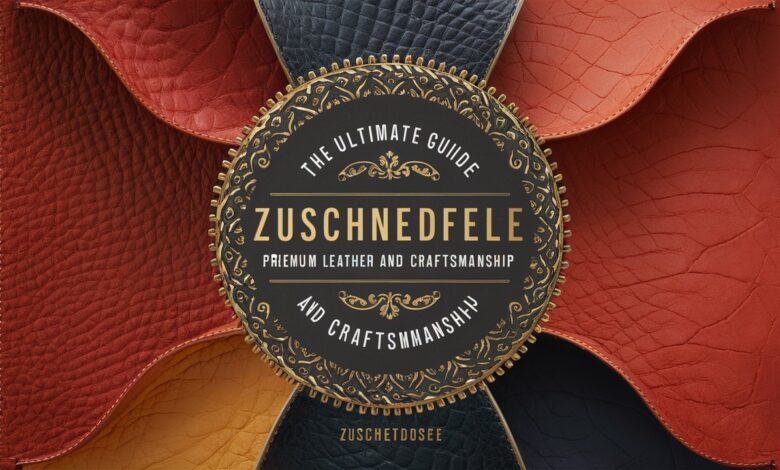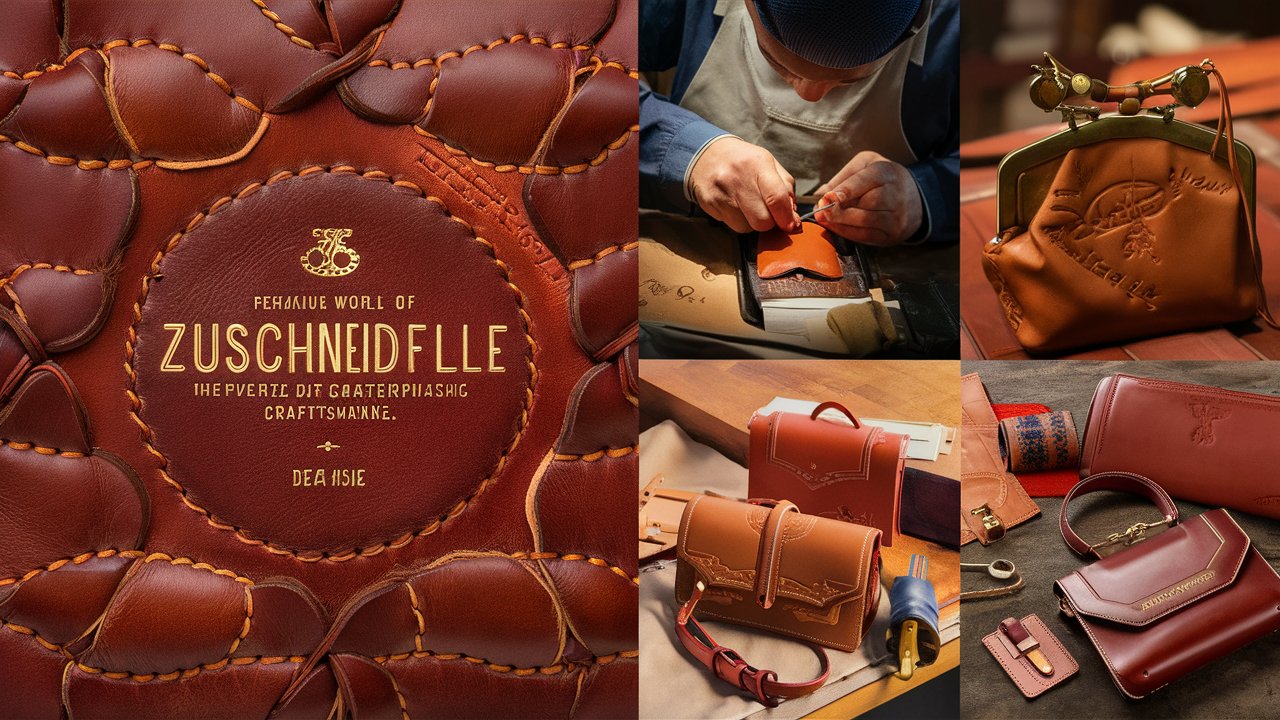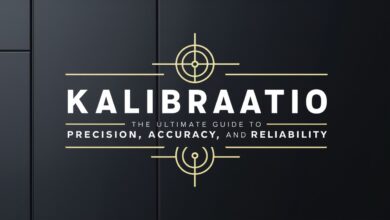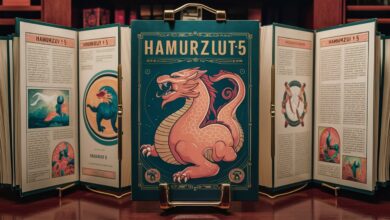Zuschneidfelle: The Ultimate Guide to Premium Leather and Craftsmanship

In the world of traditional craftsmanship and high-quality leather production, Zuschneidfelle represents a symbol of excellence, precision, and sustainability. From luxurious garments and footwear to artisan accessories and furniture, the use of zuschneidfelle ensures durability, elegance, and a touch of timeless artistry. In this comprehensive guide, we explore everything about zuschneidfelle — from its origins and uses to its selection process and care tips — giving you a deep understanding of why it remains an essential material in the leather industry.
What Are Zuschneidfelle?
The term “Zuschneidfelle” originates from German, combining “zuschneiden” (to cut) and “Felle” (skins or hides). In essence, zuschneidfelle are pre-cut animal hides—typically from sheep, goats, cattle, or deer—prepared specifically for manufacturing purposes such as upholstery, clothing, gloves, or leather goods.
These hides are carefully tanned, processed, and cut to precision, ensuring consistent quality and size for artisans and manufacturers. Zuschneidfelle are often favored by luxury brands, craftsmen, and designers who demand both aesthetic appeal and structural integrity in their products.
Types of Zuschneidfelle
The world of zuschneidfelle offers a broad range of hides, each with distinct textures, finishes, and applications. Understanding the types of zuschneidfelle helps professionals choose the right material for their projects.
1. Sheepskin Zuschneidfelle
Soft, lightweight, and highly flexible, sheepskin zuschneidfelle are prized for their smooth surface and insulating properties. These are perfect for winter apparel, linings, and premium gloves.
2. Goatskin Zuschneidfelle
Known for its fine grain and durability, goatskin provides excellent resistance to wear and tear. Its elasticity makes it a popular choice for handbags, wallets, and jackets.
3. Cattle Zuschneidfelle
Cattle hides are the most robust and versatile. Cattle zuschneidfelle are often used in furniture, belts, and industrial leather goods due to their thick, resilient nature.
4. Deerskin Zuschneidfelle
Deerskin offers a combination of luxury and comfort. Its naturally soft texture and breathability make it ideal for luxury gloves and garments.
The Process of Preparing Zuschneidfelle
Creating high-quality zuschneidfelle involves a meticulous, multi-step process that balances tradition with modern innovation. Each stage impacts the final texture, strength, and aesthetic value of the leather.
Step 1: Selection of Raw Hides
Only premium-grade raw hides are chosen. These must be free from deep scars or defects to ensure even quality during tanning and cutting.
Step 2: Tanning
Tanning is the heart of leather processing. Zuschneidfelle can be vegetable-tanned using natural tannins for a rich, organic look or chrome-tanned for flexibility and resistance to moisture.
Step 3: Drying and Conditioning
After tanning, the hides are slowly dried to preserve their softness. Conditioners and oils are applied to enhance their texture and longevity.
Step 4: Precision Cutting
The cutting process transforms full hides into standardized zuschneidfelle, ensuring consistent size and shape for easy use in production.
Applications of Zuschneidfelle
The versatility of zuschneidfelle makes them indispensable across numerous industries. Below are the most common and impactful uses:
1. Fashion and Apparel
Designers worldwide use zuschneidfelle in jackets, coats, vests, and gloves due to their softness, warmth, and natural sheen. The hides’ flexibility allows for exquisite tailoring and detailing.
2. Footwear Industry
Zuschneidfelle form the foundation of high-end leather shoes and boots, offering comfort, breathability, and long-term wearability.
3. Upholstery and Interior Design
Luxury furniture brands prefer zuschneidfelle for sofas, chairs, and car interiors, adding both durability and sophistication to their designs.
4. Handcrafted Accessories
From belts and bags to wallets and watch straps, zuschneidfelle elevate accessories with their premium quality and refined finish.

Advantages of Using Zuschneidfelle
Choosing zuschneidfelle over synthetic alternatives offers multiple benefits that combine sustainability, durability, and craftsmanship.
1. Durability and Strength
Zuschneidfelle can last for decades with proper care. Their natural fibers resist tearing and cracking, making them ideal for long-term use.
2. Eco-Friendliness
Unlike synthetic materials, natural zuschneidfelle are biodegradable and environmentally sustainable when sourced responsibly.
3. Aesthetic Appeal
Each piece of zuschneidfelle carries unique patterns, grain lines, and color variations, adding authenticity and character to any finished product.
4. Comfort and Breathability
Leather adapts to body temperature, ensuring that zuschneidfelle products remain cool in summer and warm in winter.
How to Choose the Right Zuschneidfelle
When selecting zuschneidfelle, careful consideration of texture, finish, and intended use ensures the best results.
-
Examine the Grain: The grain pattern reflects quality and authenticity. Full-grain leather is the most durable and visually appealing.
-
Check the Flexibility: High-quality zuschneidfelle should be supple but strong, bending easily without cracking.
-
Evaluate Thickness: The thickness must align with the end use—thinner for garments, thicker for upholstery or belts.
-
Inspect the Finish: Matte, glossy, or aniline finishes can drastically alter the final product’s look and feel.
Caring for Zuschneidfelle
Proper maintenance extends the lifespan and beauty of zuschneidfelle products.
-
Regular Cleaning: Wipe with a damp cloth to remove dust. Avoid excessive moisture.
-
Conditioning: Apply leather conditioner every few months to retain flexibility and shine.
-
Avoid Direct Sunlight: Prolonged exposure can dry and fade the hide.
-
Proper Storage: Store zuschneidfelle items in cool, dry places, preferably covered with breathable fabric.
Where to Buy Premium Zuschneidfelle
Reputable suppliers specialize in certified and sustainably sourced zuschneidfelle. Many German and European tanneries offer custom cuts and finishes, allowing clients to select hides based on specific thickness, texture, and tone requirements. Online platforms also provide access to graded zuschneidfelle for artisans and small businesses looking for quality materials at competitive prices.
Conclusion
Zuschneidfelle remain at the heart of traditional and modern leather craftsmanship, representing a blend of quality, sustainability, and timeless appeal. From fashion and upholstery to artisanal design, these meticulously prepared hides bring life and character to every creation. Whether you are a designer, craftsman, or manufacturer, investing in premium zuschneidfelle ensures your products stand out in both durability and elegance.
FAQs About Zuschneidfelle
1. What animals are commonly used for zuschneidfelle?
Sheep, goats, cattle, and deer are the most common sources, each offering unique texture and durability.
2. Are zuschneidfelle environmentally friendly?
Yes, when sourced from ethical suppliers, zuschneidfelle are biodegradable and sustainable compared to synthetic alternatives.
3. How long do zuschneidfelle products last?
With proper care, high-quality zuschneidfelle can last several decades, retaining both appearance and strength.
4. Can zuschneidfelle be dyed or customized?
Absolutely. Zuschneidfelle can be dyed, embossed, or textured to meet specific design preferences.
5. What industries use zuschneidfelle the most?
The fashion, upholstery, and automotive industries are major users, valuing zuschneidfelle for its durability and refined finish.



